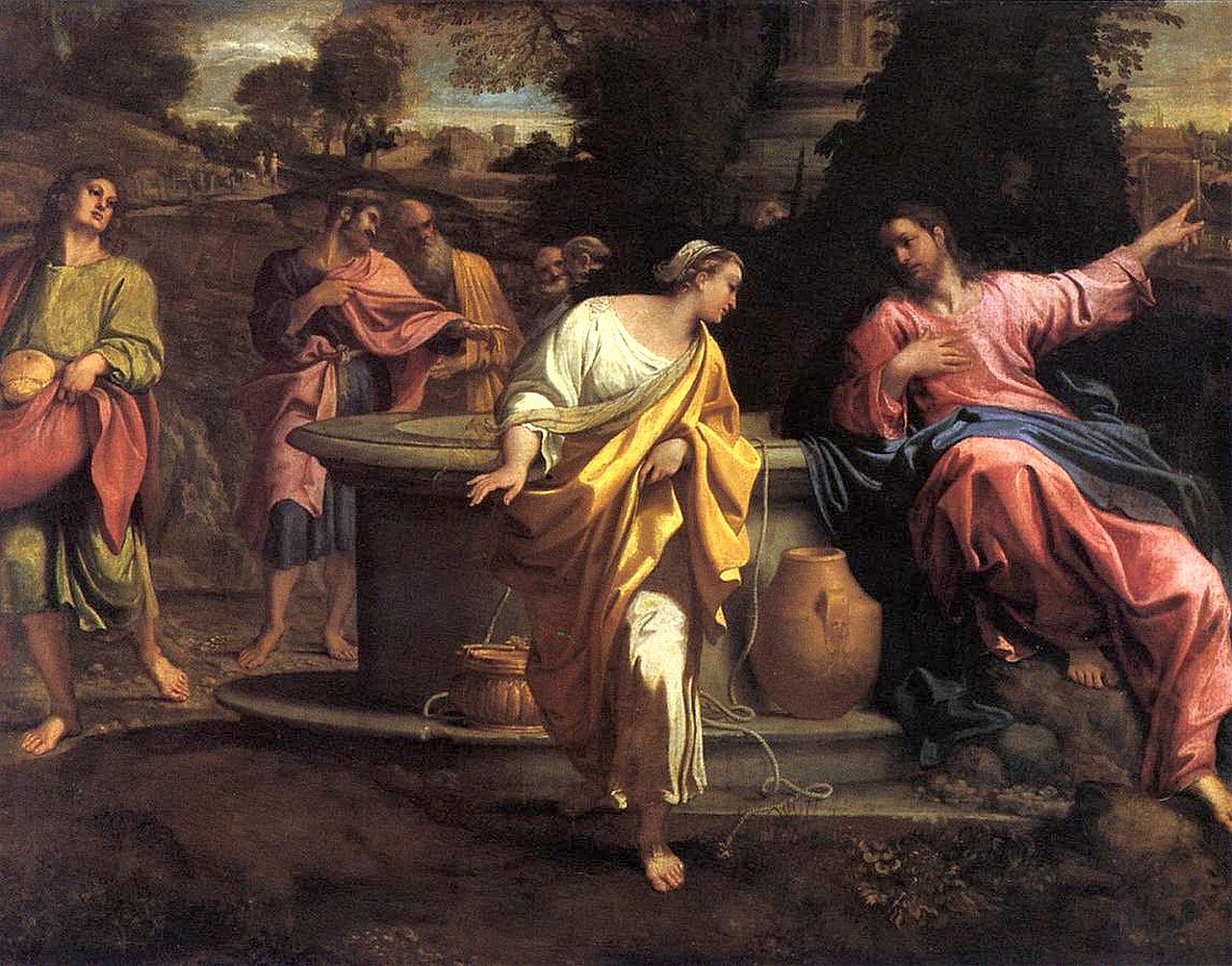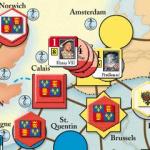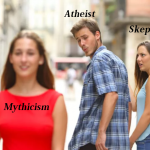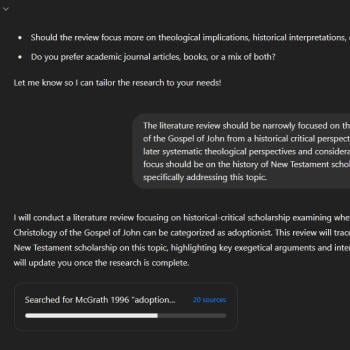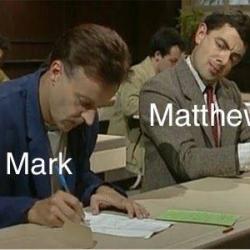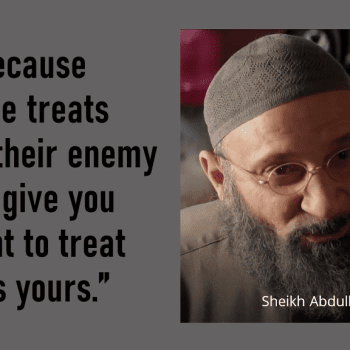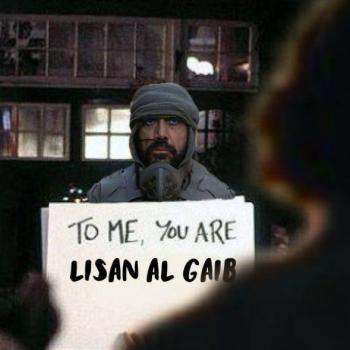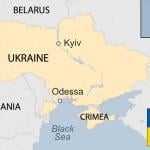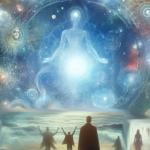Before turning back to the Gospel of John in my Sunday school class this past weekend, I shared information about the Butler Seminar on Religion and Global Affairs on the topic of “Religion, Refugees, and Migration.” As a point of entry into that topic, I asked students to investigate their own family history, and the interplay of religion and migration in it.
When we turned to John 4 after that prelude, it struck me in a new way. Jesus and the Samaritan woman (note how the patriarchal author doesn’t bother to provide her name) meet at the well where Jacob and Rachel met, at the same time of day. They met under the cloud of all that lay behind that parenthetical remark, “Jews/Judeans do not have dealings with Samaritans.”
In other words, representatives of two different Israelite tribes, separated now by a sense of religious and ethnic difference, met at the place where their own ancestors met, two ancestors that both of them probably shared in common. From Jacob, renamed Israel, the children of Israel branch off in a variety of interconnected and intertwined directions. The tribe of Benjamin folded into the kingdom of Judah, and Simeon was also there in the south. The northern tribes were, like the southern, descended from Jacob and not only Rachel, but also her sister Leah. But whether the point is made through both Jacob and Rachel, or only Jacob, the point remains. That geographical location where a Galilean man of Jewish extraction and a Samaritan woman encountered one another was famous because it was a place of love, a place where their shared ancestor encountered a woman that he would marry.
It was a perfect place for the boundaries that had grown up between his children to be challenged, transcendend, and overcome. And we need to remember, even though we are not told her name, that this heroic act of reconciliation was carried out not unilaterally by Jesus, but bilaterally by him and his unnamed conversation partner.
Rediscovereding a shared connection, even after more than a millennium has passed, can have a powerful transformative impact.
It happened in the Gospel of John. It happens when white supremacists get their DNA test results back and see “African” in the mix. It happens when Protestants discover that significant things happened in church history between the new Testament and the Reformation.
Had you viewed the story in John 4 through the lens of family history and shared ancestry before now?
